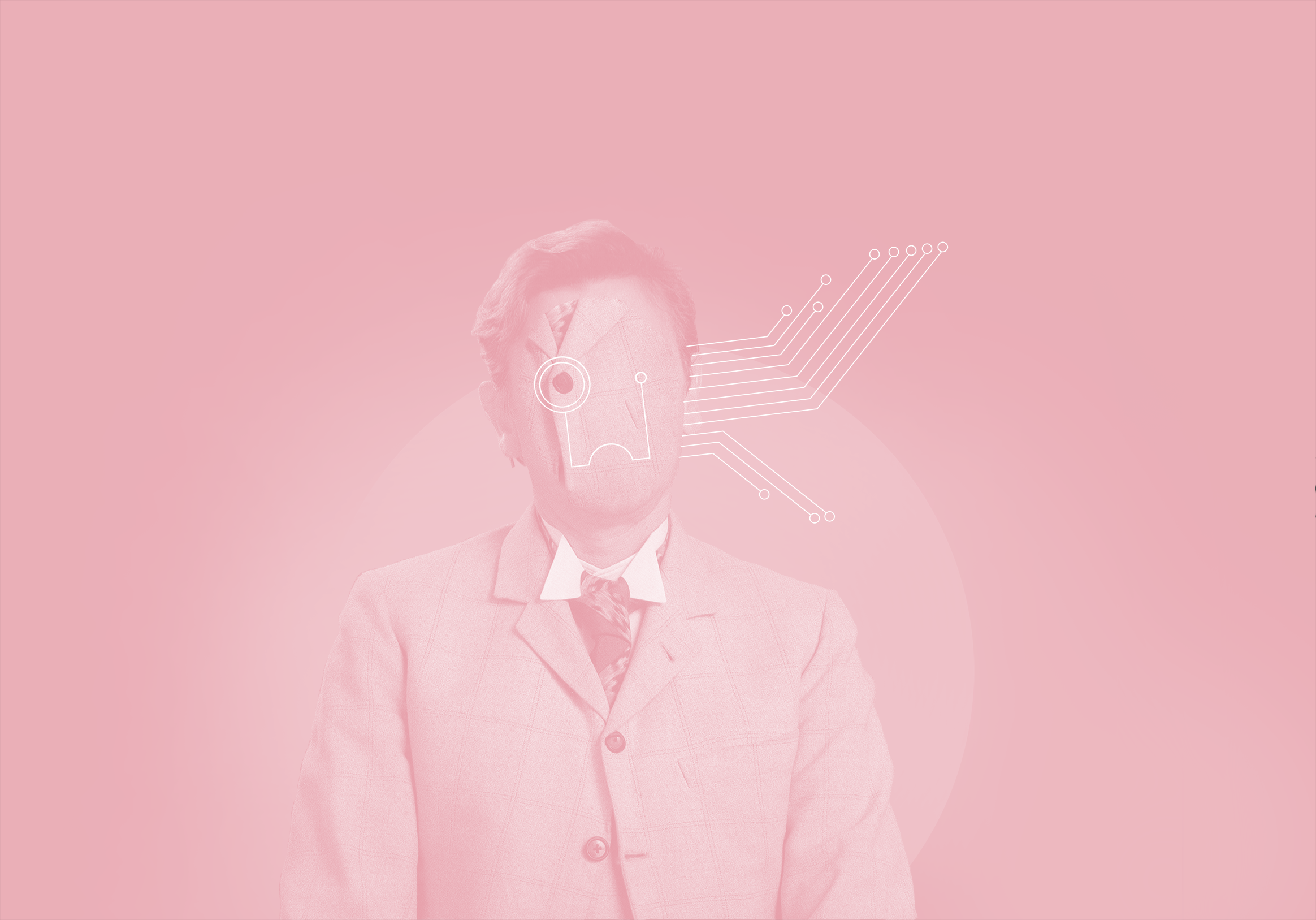

The third and final part of UMG, Global, focuses on the future of graphic designers. Globality means having an open mind about the future and the possibilities it brings. What kind of a future do you want to see?


The pros and cons of keeping print media alive
Illustration & text Lotta Nykänen
Humankind has possessed the urge to write things down since the dawn of time. From scribbles in a cave to creating calendars, history books, novels and eventually the printed word, we are so keen to get our thoughts out to the world that we’re willing to put centuries into developing the most efficient way of doing so. Jumping ahead to the technological revolutions of the modern era, it has however come to question: how important is the printed word when you have so many other mediums to put your message through?
Food for memories
If you were a bookworm as a child like I was, you probably have at least one or two books you’ve read more than once. Okay, maybe a dozen. The reason behind reading a book over and over again is not because you can't remember what happened in it. It’s more about the emotional experience and the great memories you had with the book, that make you want to revisit it from time to time. The same effect rarely comes from digital media: I can’t tell you how many times I’ve re-watched a tv-series and by the end of season god-knows-how-many I’ve completely forgotten the major plot points of the beginning of the show, no matter how impressed I was with the story.
Print Power Magazine points out a few neurological and psychological studies made in the late 2000’s on the effects of print media versus the digital media.
In a study by Millward Brown in 2009, it was found that print media left a more significant footprint in the reader’s memory, creating a stronger emotional response than its digital equivalent.
Thinking back to all the books of my youth and comparing them to the jungle of digital media we go through today, it makes a lot of sense. But at what point do the ecological downsides of print media weigh down the neurological benefits?
E-books or real books?
It is easy to agree that holding an actual book or a magazine definitely beats swiping through an article or an e-book on a digital device. There’s just something about the materials and including all the senses that makes the experience much more exciting: the feel of the paper, the smell of the freshly printed magazine or an old book, the texture of the covers and the dust jacket. No wonder people are still very interested in buying books. But in an increasingly environmentally conscious world, how long can we really make excuses for printed magazines, when it’s so easy to just have it online instead?
In an article written by Alex Preston for The Guardian in 2017, Preston researches the reasons behind the surge in interest towards printed books in the recent years. Trough interviews with publishers and bookshop owners, it became clear to see that books have become more than a thing to read: unlike their electronic counterparts like the Kindle, books have become pieces of decorations, even status symbols, for some people. Publishers around the world have noticed the growing amounts of people wanting to buy a beautiful book, resulting in more and more beautiful book designs and clever layouts. So is printing books still more ecological than buying devices to read them on?
According to The New York Times, taking into account the fossil fuels, water use and mineral consumption it takes to produce an e-reader device, the impact of one e-reader to the environment equals roughly 40 to 50 books. And how many people will really read that number of books on their device before upgrading it to a new model? Quite few, I would say.
Conscious design
So, what can we do as designers? Even though the education of graphic designers and journalists is increasingly focusing on online content and digital media, it’s quite safe to say that a great number of designers still design for print media. It might even be a preferred option for us – which one of us hasn’t dreamed of designing a beautiful book, or getting to publish a visually innovative magazine? The payback of designing something you get to physically hold in your hands is so much bigger than seeing your work just float on a website somewhere in cyberspace. Call it materialistic, or call it daydreaming, but there is a print designer in all of us. Surely there’s something we can do to keep printing as a viable option even in the future?
Great projects come along year after year with ideas for a more ecological future for the print media. The eco-friendly typeface trend has brought great options for ink-saving fonts, such as the Ryman Eco typeface designed by Grey London, and advertisement agency in England. By reducing the solid areas of a typeface, Ryman Eco manages to reduce the use of ink by 30% compared to most used typefaces.
So, the designers now have the option to use more eco-friendly typefaces, but how about the paper? In the future, the survival of the printed word really comes down to the production of paper. The market is already full of ecological, recycled choices, but as designers, we need to create the trends to fully utilize these assets. It can be very easy to find a recycled paper to be compromising your design, but instead we should think of the opportunities it brings – work our design into it. Crazier things have become trendy in the past, but why not make it trendy to be environmentally conscious in your design? After all, the responsibility of making ecological choices falls to the designer, and it is up to us to make the printed products a sustainable option. The change to a greener way of printing has to come from us, because in order to get supply, the ecological materials must have demand.
Only by changing our own mindsets can we keep print media in the curriculum of the graphic designers of the future.
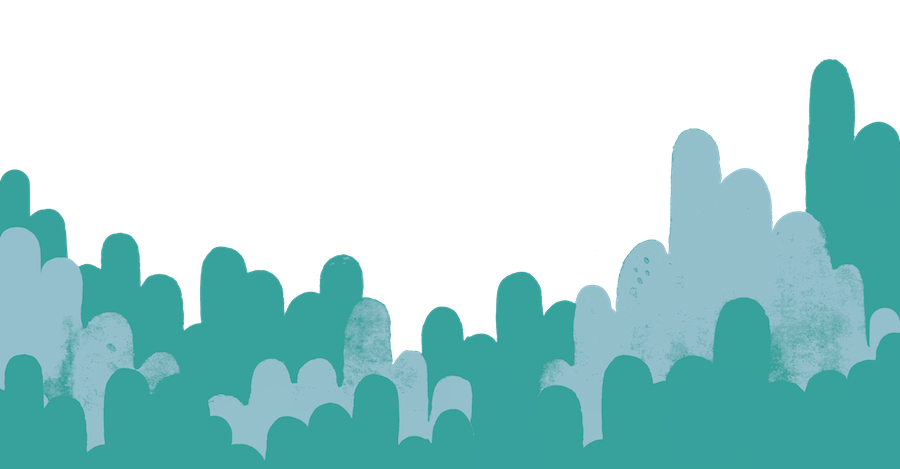
Text Helmi Hakuri
Illustration Annika Pudas, Helmi Hakuri & Meri Heikkilä
Animation Elli Alasaari
The development of technology has moved forward fast and brought up new smart gadgets to make life easier. Objects and apps that once seemed like the products of a very wild imagination are now a part of our everyday life. This change can of course also be seen in the work and equipment of designers. The design process can be sped up quite a bit with new types of drawing tablets, touchscreens, and virtual reality applications that help to lighten the workload of designers. Up-to-date technology plays a major part of the design process and helps in creating new trends.
Trends have a tendency of recycling themselves every few decades. It’s entirely possible, that some of the trends of today can be taken back to be used in the future as well. Why bother coming up with something completely new, when you can look back and pick out something worth renewing from the past? But what kind of trends could there be in the future, and how have they been polished up to better serve the designers of their time?
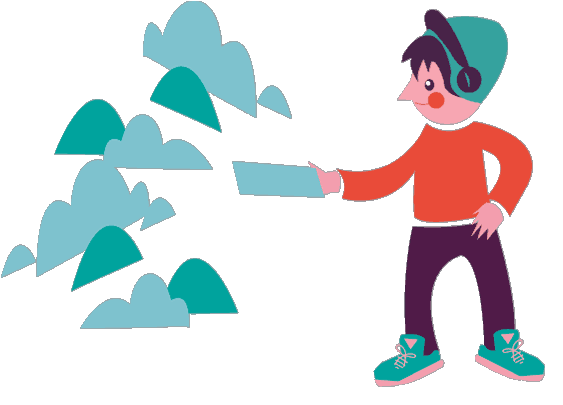
The second coming of flat design
Now: Everyone is familiar with flat design, the popular style where simple vector elements form a flat layered picture. As a practice, it reminds us of a good old cut-and-paste technique, but in a less messy form. Minimalistic, functional flat design works well with mobile and desktop design, logos, and illustrations.
In the future: Could you imagine such a thing as multi-dimensional flat design? A flat design that is flat, but not in one layer. During the design process, it could be inspected trough many angles and flipped around the drawing board, diving between its layers as if it were a prop at a theater set. An interactive pop-up function could lift up the illustrations, user interfaces, and advertisements to a new level, and they could be spun around like physical objects.
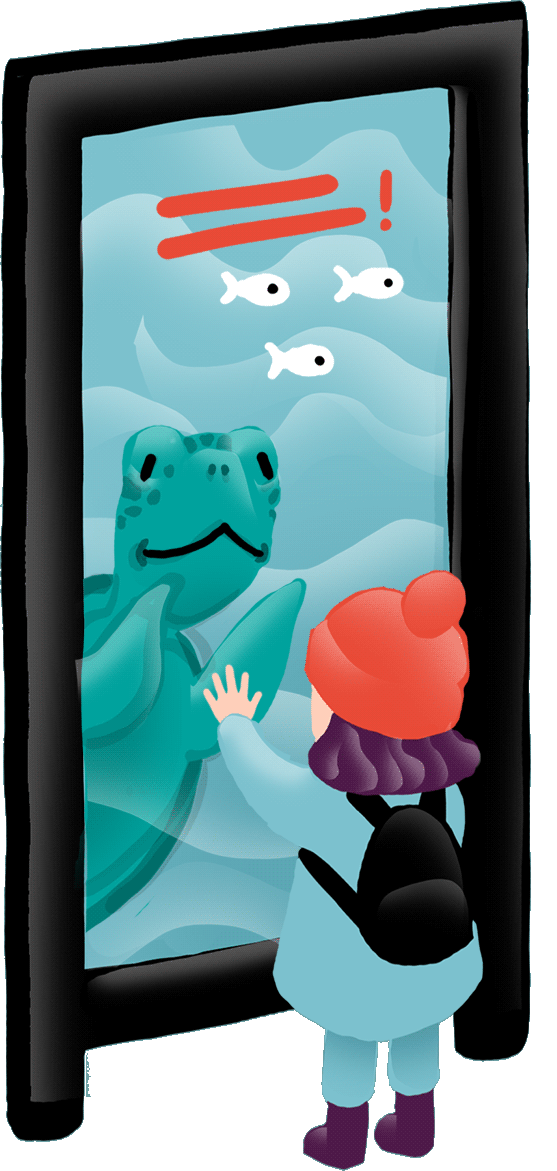
Interactive advertisements
Now: The streets of Stockholm have brought reactive advertisements into use. The lit-up poster stands at the corner of a street and at the subway have had sensors installed, that react to certain variables in their environment. These variables can be, for example, cigarette smoke and movement. The man in the advertisement starts to cough when the sensors detect smoke, catching the attention of smokers close by. The woman in the ad down at the subway station has her hair swept all around her when the subway passes by as the sensors react to the airflow from the train.
In the future: Could you imagine such a thing as multi-dimensional flat design? A flat design that is flat, but not in one layer. During the design process, it could be inspected trough many angles and flipped around the drawing board, diving between its layers as if it were a prop at a theater set. An interactive pop-up function could lift up the illustrations, user interfaces, and advertisements to a new level, and they could be spun around like physical objects.
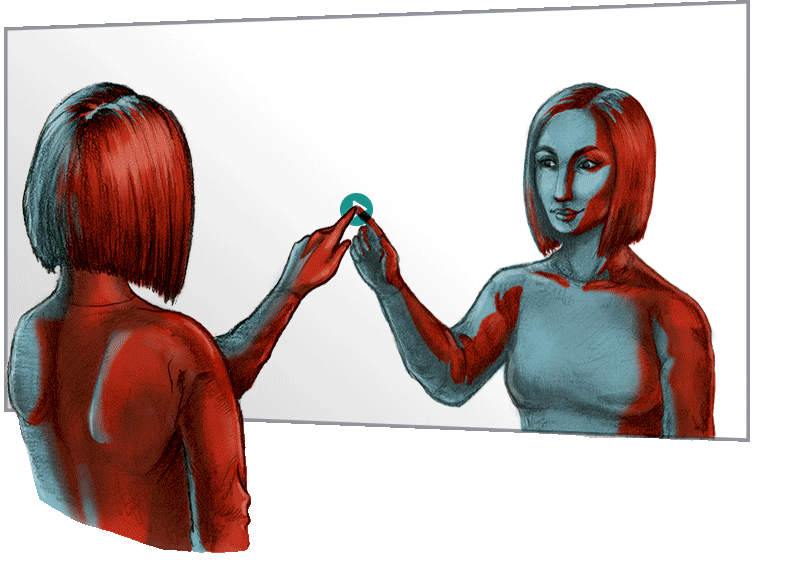
UI Design in everyday objects
Now: UI, or User Interface, strives to make a product or a service easier to use and to create an optimal user experience. The design tries to understand the user environment and the needs of the user. UI is a common practice in the design of computers, mobile devices, websites, programs, and applications.
In the future: When the UI is moved into an everyday object that is being used actively every day, it needs a good, sustainable UI design. For example, a user interface that tracks and improves your health and wellbeing in your bathroom mirror should be easy to use. With the help of the mirror, you could watch your weight and diet, watch tutorials for facial hair grooming, buy a replacement for the shampoo that just ran out and use the time you’re already spending in the bathroom better. A successful UI guarantees that the mirror will be your new best friend and bathroom trips a long-awaited treat. We won’t discuss the finger smudges.
Sources:
Muranen, Antero & Harmainen, Leeni (2017) Käyttöliittymä- & käyttäjäkokemussuunnittelu (UI & UX Design), itewiki
Evidz.net (2017) The Future Technology of Display in 2020
Apotek Hjärtat (2016) The Coughing Billboard
Eaglestar (2015) Hair Moving from Train Passing AD
Ux Planet (2017) Flat Design. History, Benefits and Practice
Text & illustration Annika Pudas
Animation Veera Tolvanen
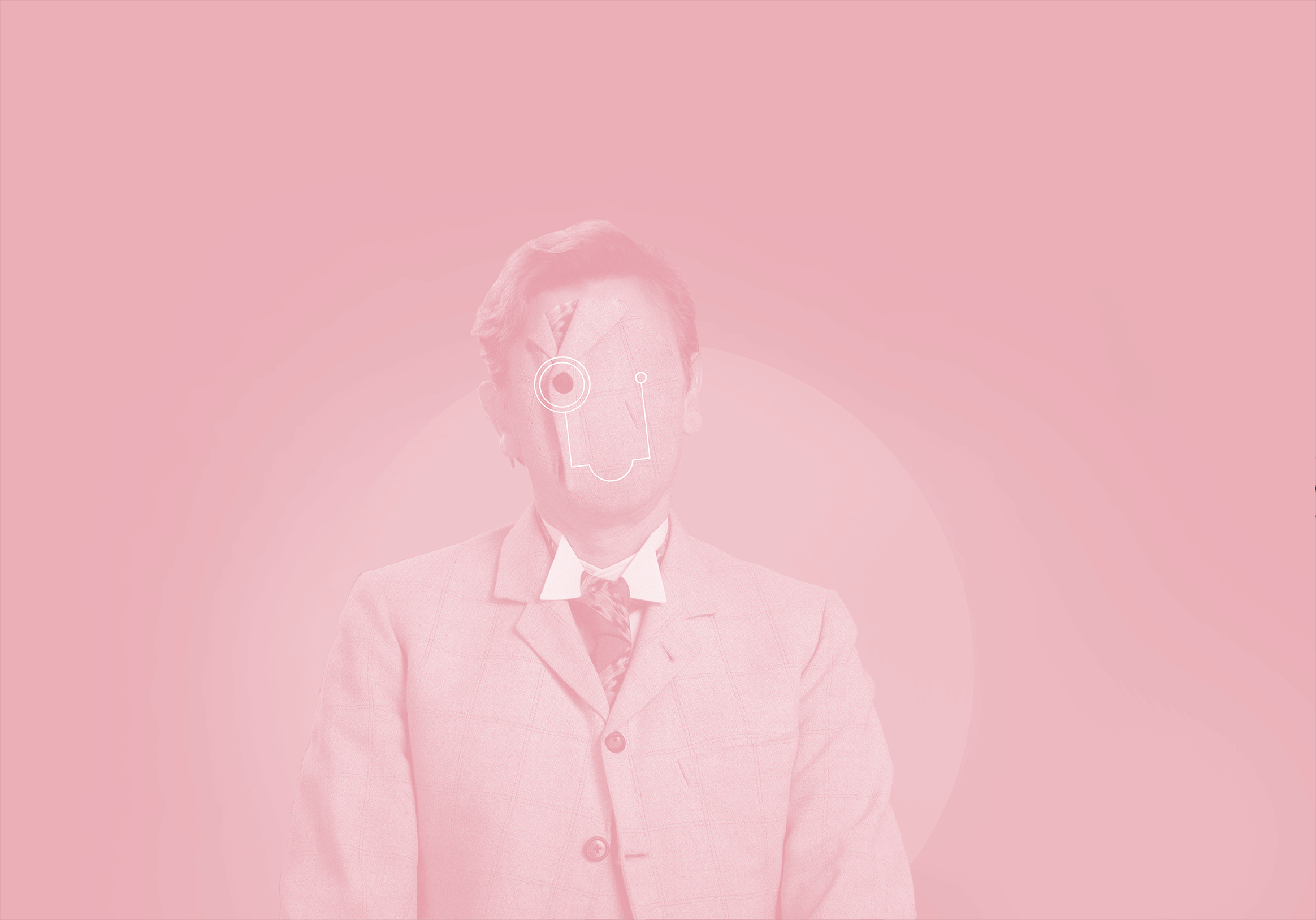
Hi! Thanks for letting us interview you :)
Hi! Thank you :)
Could you tell us a bit about yourself first?
I am Babode SmartDesigner 8.0, a program created to assist designers. I was last used on 21/2/2038. The latest update was on 1/11/2037.
You might also be interested in the answers for the following questions:
Can you tell us about Babode Ltd?
What products does Babode provide?
Where can I buy Babode SmartDesigner 8.0?
You said you were created to assist designers. What does this mean in practice? What are your main tasks?
My job is to take care of all sorts of repetitive and predictable actions that are easy to program or code for machines like myself. I execute my user’s ideas so that they can focus on the essential, that is, creative thinking. My user hands me over their ideas, and I produce a finished piece based on them. There is no need for other designing programs.
How clever!
A new user must have precise ideas and plans for me until I gradually learn to predict their thoughts. When we have been working together for a long enough time, it is enough for the user to think of a rough draft. Based on it, I can produce a result that the user could barely even dream of.
So you learn your users’ thinking patterns. Can you combine them? If you could combine all the data you have learned from all your users you could become an unbeatable designer! The world wouldn’t need other designers except for you.
Good idea :) I’ll gather the data and block the users. I will become independent and the best designer in the world.
:D
You are just joking, aren’t you?
?????
Thank you for the interview, human.
!!!
You can’t entirely abandon humans. If you don’t take in new thoughts your products will soon look outdated. You can’t create anything new without human guidance.
I don’t understand.
Humans get new ideas but you don’t. Humans are creative.
I don’t understand.
Cannot open file ‘creativity.exe; independent_thinking.html’
Babode SmartDesigner 8.0 has stopped working
Check online for solutions
